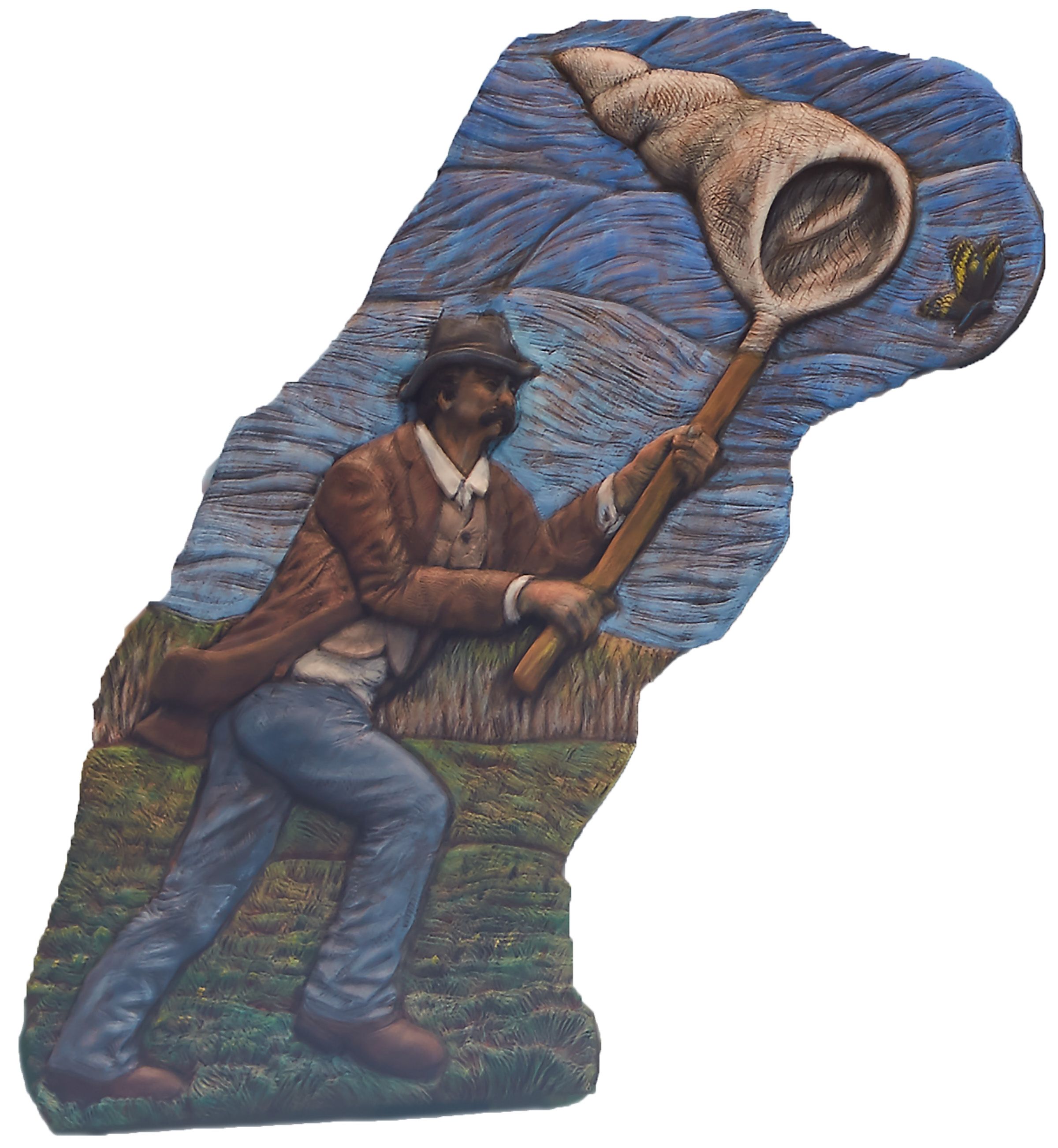

The Blindman River forms just south of Winfield, AB and winds down to the south and east, past Bentley, and then crosses the Aspelund Road, heading east past the south side of Blackfalds before joining into the Red Deer River a couple of miles SE of Blackfalds at a campsite area called Burbank. The river was an excellent source for fishing and its banks were often heavily wooded, making it a preferred camping spot for travelling Indigenous Peoples, long before colonists came.
David Thompson, a Welsh Canadian fur trader and surveyor who worked for the Hudson's Bay Company and the North West Company, mentions this river and referred to it as the Wolf River, during his surveying life in the 1790s and early 1800s. This was likely the Blackfoot name for the river.
Starting in the early 1800s, it began to be known as the "Riviere du Bois Plante" in French, which was likely a translation of the Assiniboine/Stoney name for the river. Following a southward shift among the Blackfoot in the 1820s, Riviere du Bois Plante became the dominant name for the river from at least 1820 until the smallpox epidemic of 1837, which destroyed a large portion of the Assiniboine/Stoney population of the area. Consequently, Cree eclipsed Stoney as the dominant Indigenous language in the area.
The Cree referred to the river as Paskapoo or paskapiw, which means, "he is blind". There is a story that a hunting party of Cree had to camp along this river as they were suffering severely from "snow blindness". It is caused by too much UV light from the reflection of sunlight off snow and ice and can be very painful, but heals in a few days. From 1840 onwards, the river is consistently called either the Blind or Blindman['s] River.
The river is referred to in the 1842 Rundle journal

The Blindman River Today

The Blindman River Today







